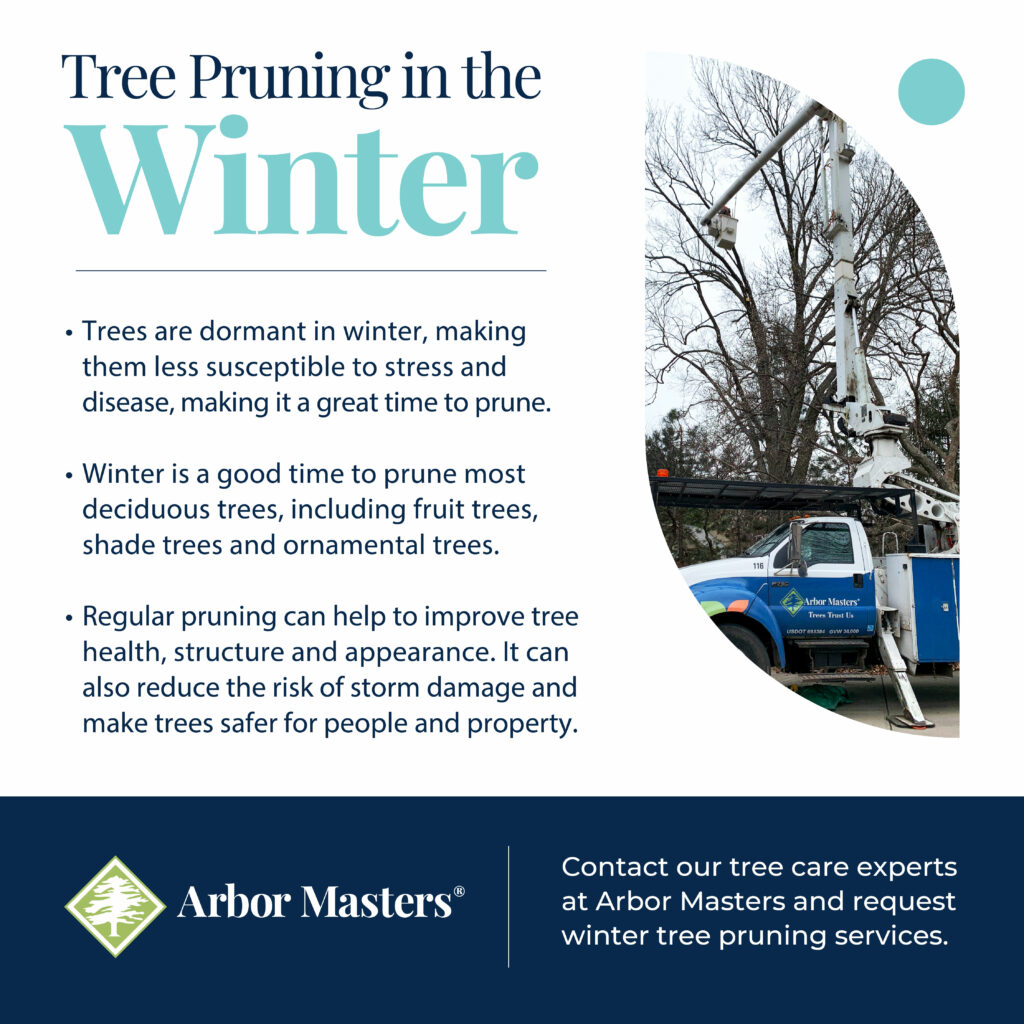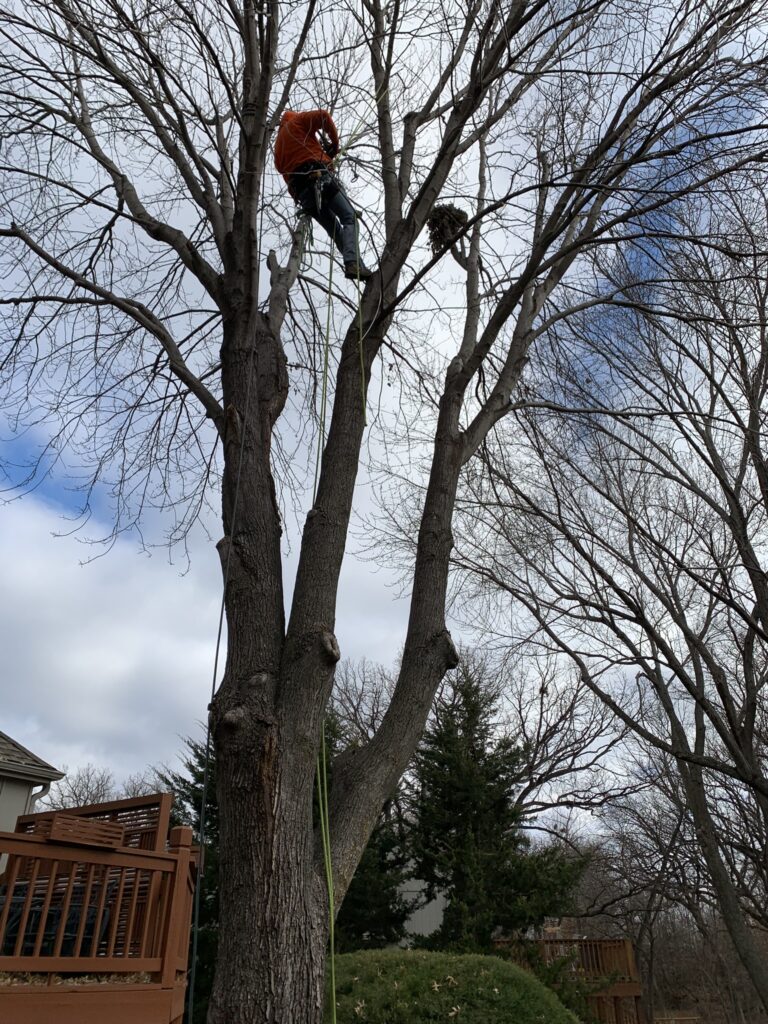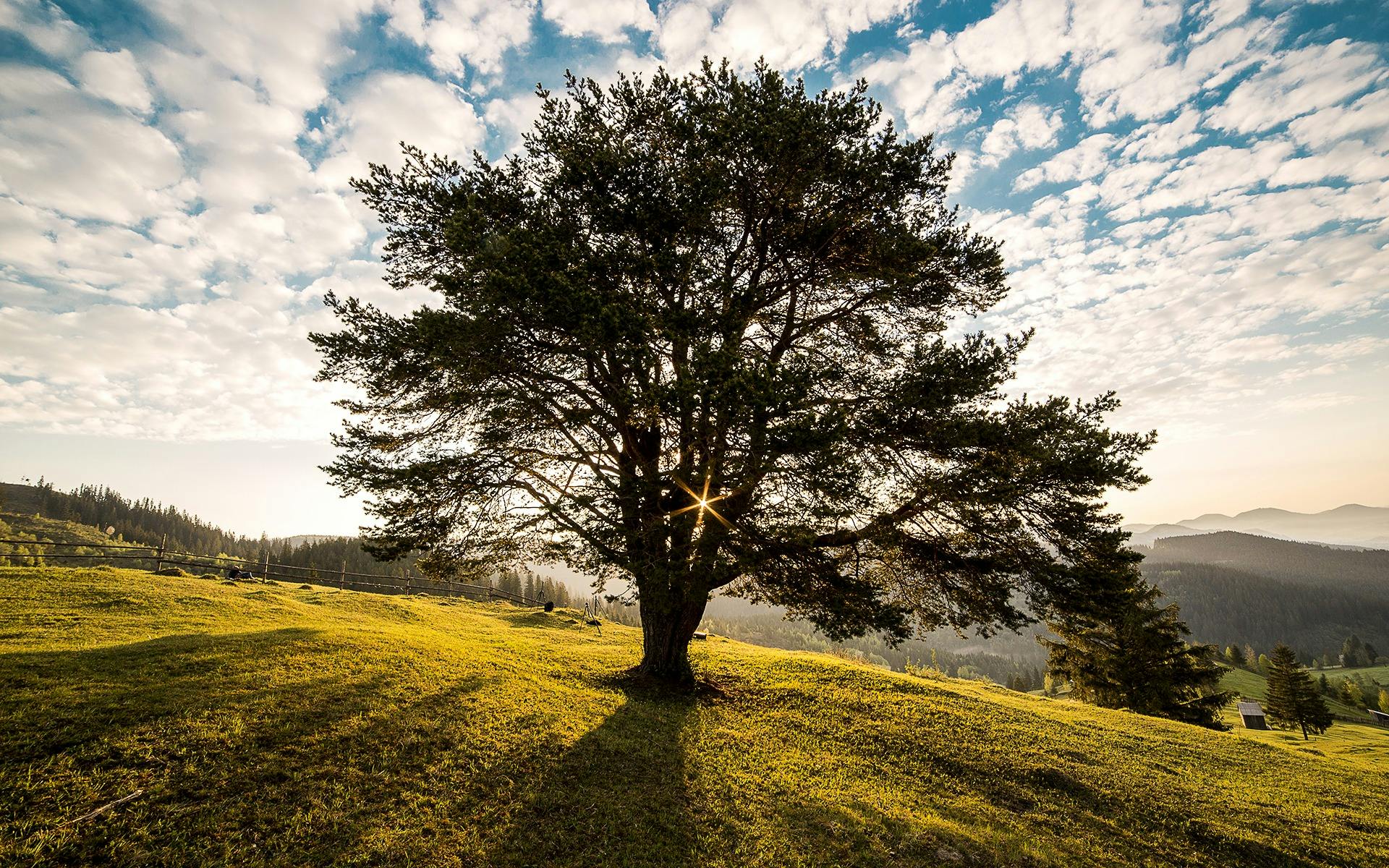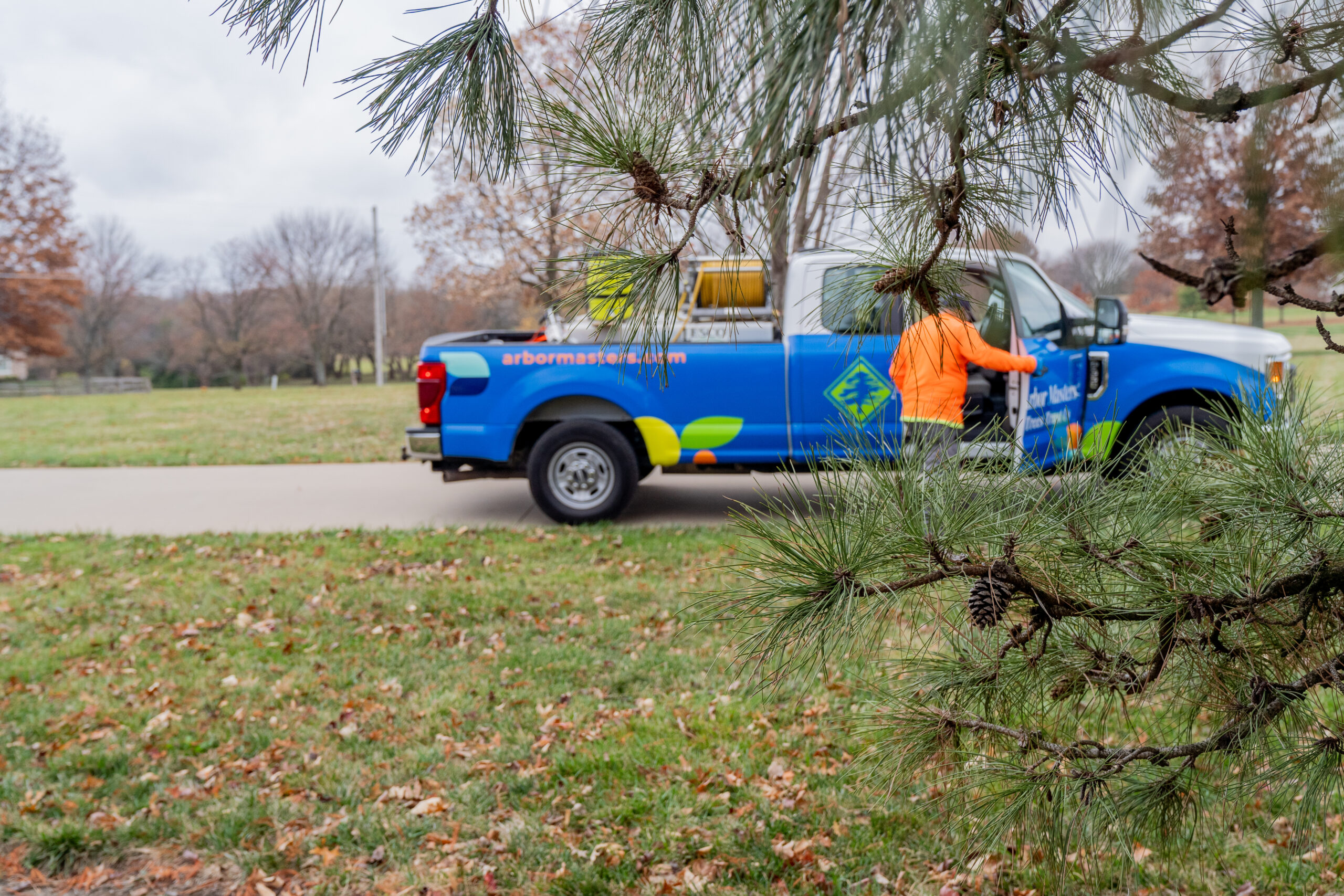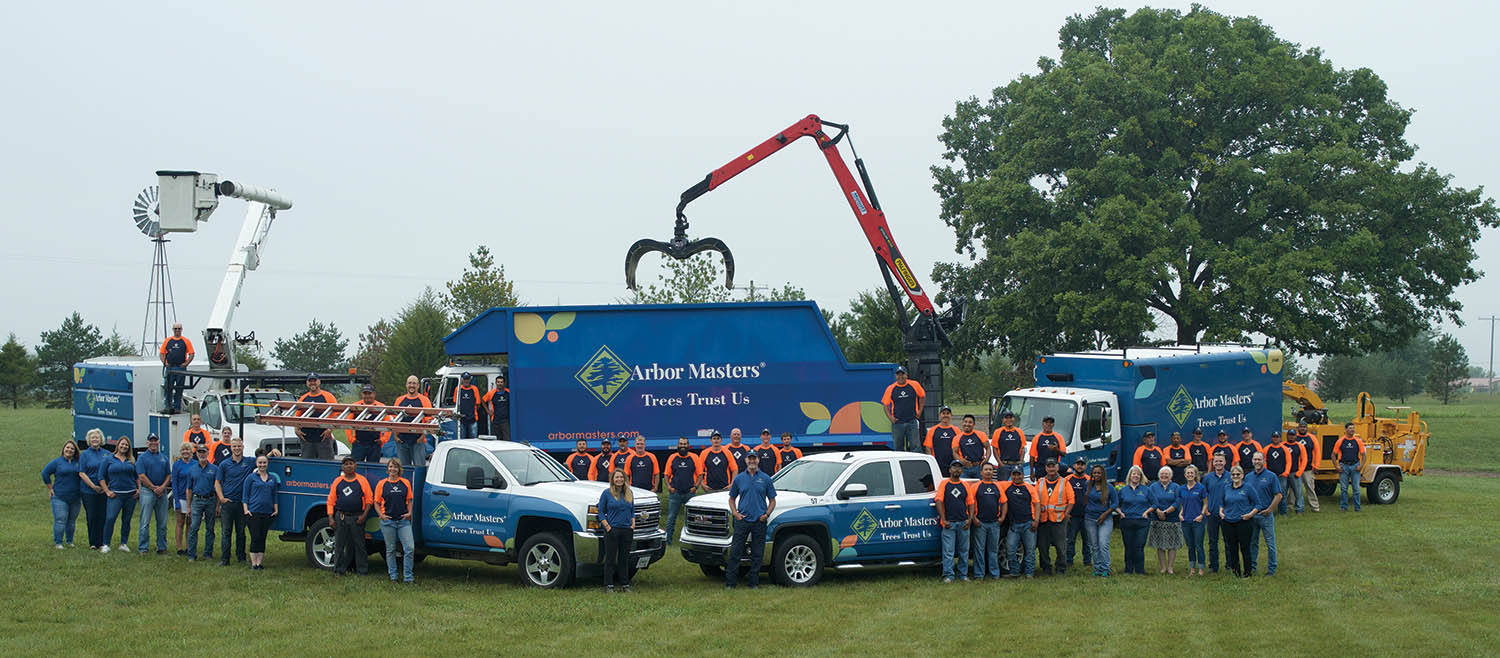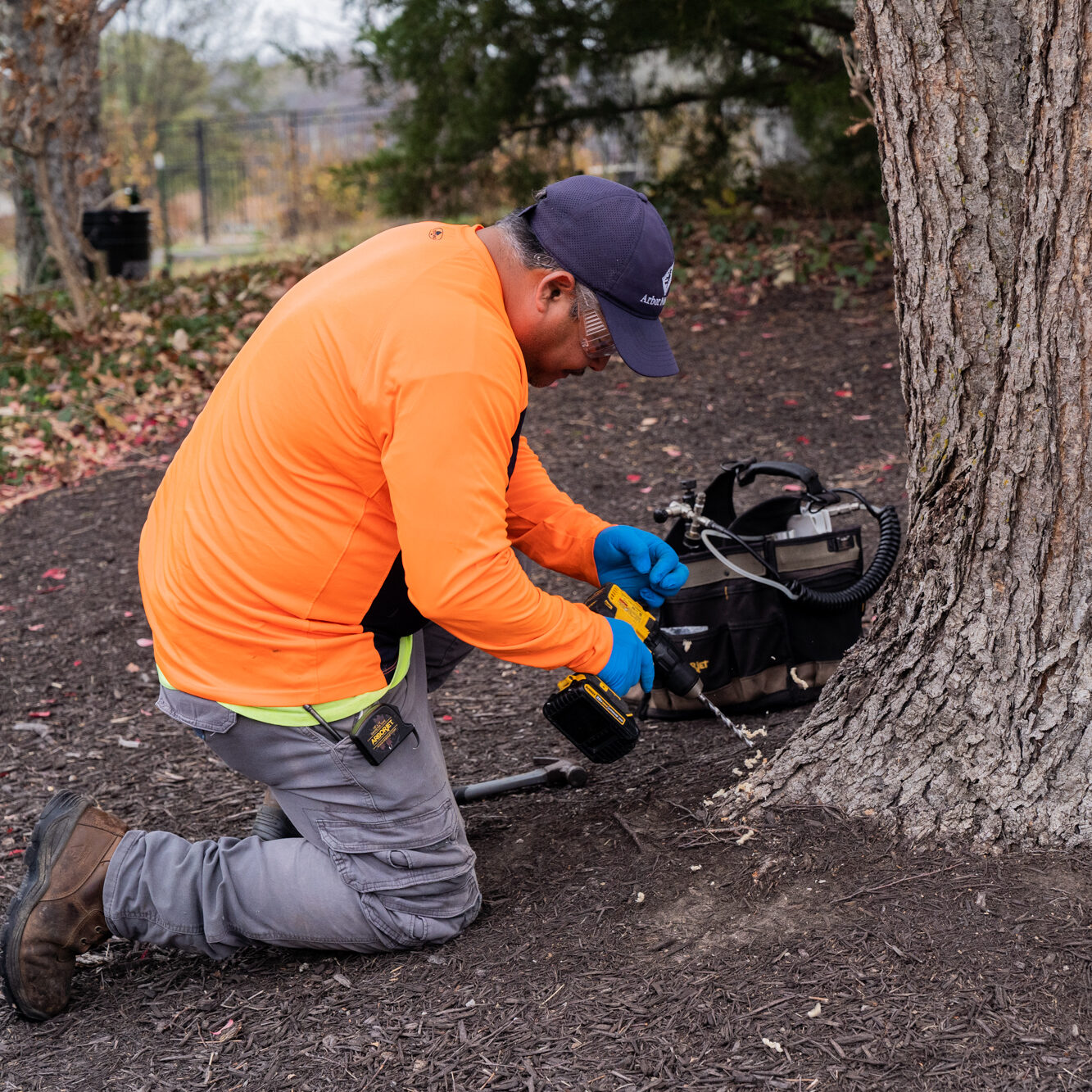Seasonal Tree Care: Winter Pruning and Protection for Healthy Trees
Trees, being living organisms, experience many phases throughout the year, each season presenting unique challenges to their overall well-being. Winter, in particular, proves to be a formidable test for trees, subjecting them to harsh conditions like frigid temperatures, frost, snow and ice. Neglecting their care during this period can result in damage, disease or even loss. This is why proper seasonal care, like winter tree pruning, anti-desiccation, fertilization treatments and watering, is so important.
In this blog, we’ll delve into the significance of winter tree pruning and protection to ensure your trees thrive year-round. While the winter season may appear as a period of dormancy, it is a critical time for safeguarding and nurturing the longevity of your arboreal companions. Let’s explore essential practices that can encourage your trees to flourish.
When to Prune Your Trees and Why?
Winter is often considered the ideal time for tree pruning due to several crucial factors. During this season, trees enter a state of dormancy, which means they are in a restful, inactive phase of their growth cycle. This dormancy offers several advantages when it comes to tree care.
- Dormant trees are less susceptible to diseases and pests. With the absence of leaves and the slowing down of metabolic processes, the tree’s vulnerabilities are minimized. Pruning during this period reduces the risk of introducing pathogens or attracting pests, which are more active during the warmer months.
- Late winter or early spring pruning often prompts wound tissue response growth. The tree has energy reserves now available. When pruning wounds seal up rapidly, it reduces the chance of fungal pathogens and insects from entering. Winter is ideal for structure pruning: Pruning during the winter months allows the branch structure to be more visible. Without the leaves to veil the branch structure, an arborist can make decisions about good tree architecture for future growth. Pruning branches that are rubbing, weakened, diseased, broken, crowded or redundant allows a crown to be evenly spaced, maximizing its ability to produce chlorophyll (food) in its foliage. Proper pruning also reduces the risk of limb breakage during storms or heavy snowfall, making the tree safer and more aesthetically pleasing.
Benefits of Winter Tree Pruning
Winter pruning offers several advantages. It enhances overall tree health and gives your trees a more pleasing appearance. It also reduces the risk of storm damage by eliminating weak, hazardous, and overextended branches. Removing dead or diseased branches is crucial to maintain tree vitality and prevent the spread of infections throughout the tree.
How Often to Water Trees in Wintertime?
Understanding Winter Watering Needs
When winter brings dry conditions, this can lead to root dehydration in your trees. Winter watering is essential to prevent this issue and ensure your trees’ survival during prolonged drought periods.
Recommended Winter Watering Frequency
Guidelines for winter watering vary depending on factors such as tree species, soil type and local weather conditions. The key is to water deeply but infrequently. Allowing the soil to partially dry between waterings prevents root rot and encourages healthy root growth.
Winterizing Fruit Trees
Pruning Fruit Trees in Winter
Fruit trees benefit from winter pruning. This practice enhances fruit production, minimizes disease exposure and ensures better structural integrity. Specific pruning techniques for various fruit tree types, such as thinning out branches and removing dead wood, help improve their overall health.
Elm Trees and Oak Trees
American Elm Trees and Winter Care
American Elm trees are renowned for their stately beauty and large canopies, but they are particularly vulnerable to Dutch elm disease, a destructive fungal infection that can rapidly spread and kill entire groves of elms. It’s advisable to avoid pruning elms during the growing season to reduce the risk of attracting the beetles that carry Dutch elm disease pathogen. However, pruning can be done during the dormant winter months.
Winter Care for Oak Trees
Oak trees are also good candidates for winter pruning to safeguard against oak wilt, a lethal fungal disease that can rapidly spread through interconnected root systems or via sap-feeding beetles that transmit the pathogen from tree to tree. Stay informed about local recommendations and restrictions related to oak wilt. Some areas have specific guidelines for pruning oak trees. Seeking professional advice and enlisting the services of certified arborists who are well-versed in oak care can be invaluable. They can assess the tree’s health, identify potential issues and recommend appropriate actions. Furthermore, removing dead or weak branches and ensuring proper spacing between limbs during winter can reduce the risk of limb breakage during storms or heavy ice and snowfall. This not only enhances the tree’s safety but also contributes to its aesthetic appeal.
Trust Arbor Masters for Vibrant, Healthy Trees
In summary, seasonal tree care, including winter pruning and protection, is key to maintaining healthy and vibrant trees. By understanding the unique requirements of different tree species and following best practices, you can ensure the longevity and well-being of your trees. Take proactive steps to care for your trees during winter, and you’ll be rewarded with strong, resilient and beautiful trees that enrich your environment for years to come.
Arbor Masters is your trusted partner for expert tree and plant health care in Missouri, Kansas, Oklahoma and Texas. With a legacy spanning three generations, our team of certified arborists and skilled tree climbers and plant health care technicians brings deep local expertise and unwavering commitment to excellence. From tree pruning and removal to fertilization, disease and pest management and more, we handle it all with meticulous care and a focus on safety. Trees trust us, and we believe you should too. Contact us today to experience the difference for yourself!

